Login
Contact

Description
Plastic cleaning tank is a commonly used equipment in the plastic processing and recycling industry. It is mainly used to clean plastic raw materials or products, remove dirt, impurities, oil stains and other substances on the surface to improve the quality and purity of plastic. The following is a detailed introduction to the plastic cleaning tank:
- Structure and design
- Tank body: Usually made of corrosion-resistant materials such as stainless steel and plastic. The shape can be rectangular, square, etc. The size is determined according to actual needs. Generally, a larger tank can hold more plastic materials and improve cleaning efficiency. For example, in some large plastic recycling factories, large rectangular stainless steel tanks are used to clean a large amount of waste plastic.
- Stirring device: To fully clean the plastic materials in the tank, a stirring device such as a stirring paddle or a screw propeller is usually equipped. The stirring device can continuously turn over the plastic to ensure that all parts of it can fully contact with the cleaning liquid, thereby improving the cleaning effect. For example, in some small plastic processing workshops, a plastic cleaning tank with a stirring paddle may be used to clean the plastic scraps in the production process.
- Heating device (in some cases): In some occasions where hot water or hot alkaline solution is needed for cleaning, the tank will be equipped with a heating device such as an electric heating rod or a steam heating coil. The heating device can heat the cleaning liquid to a certain temperature and enhance the dissolving and removing ability of the cleaning liquid on dirt. For example, for some plastic products with stubborn oil stains, using heated alkaline solution for cleaning can more effectively remove the oil stains.
- Drainage system: Includes drainage pipes and valves for draining sewage after cleaning is completed. The design of the drainage system should ensure smooth drainage and avoid sewage residue, which will affect the cleaning effect of the next time.
- Working principle: Put plastic materials into the tank, add an appropriate amount of cleaning liquid (such as water, cleaning agent, alkaline solution, etc.), and then start the stirring device. The stirring device makes the plastic materials continuously roll and rub in the cleaning liquid. The cleaning liquid and the dirt and impurities on the plastic surface undergo physical and chemical reactions, thereby removing the dirt and impurities from the plastic surface. After a period of cleaning, turn off the stirring device, open the drainage system, drain the sewage, and then rinse the plastic with clean water to remove residual cleaning liquid and dirt.
- Types
- Ordinary cleaning tank: Mainly used for simple plastic cleaning to remove dust, sand and other impurities on the surface. This kind of tank has a relatively simple structure and low cost, and is suitable for occasions with low cleaning requirements.
- Ultrasonic cleaning tank: Utilize the cavitation effect generated by ultrasonic waves in the cleaning liquid to make the dirt and impurities on the plastic surface be impacted by a huge force in an instant and separate from the plastic surface, so as to achieve the purpose of efficient cleaning. Ultrasonic cleaning tanks have good cleaning effects, especially suitable for cleaning plastic parts with complex shapes and micropores or blind holes on the surface, but the equipment cost is relatively high.
- Floating and sinking separation tank: According to the different densities of plastics, add a certain concentration of salt water or other solutions to the tank to make plastics with a density less than the solution float on the water surface, and plastics with a density greater than the solution sink to the bottom, thereby realizing the separation and cleaning of plastics. For example, for a mixture of plastics with low density such as PP (polypropylene) and PE (polyethylene) and plastics with high density such as ABS (acrylonitrile-butadiene-styrene copolymer) and PC (polycarbonate), a floating and sinking separation tank can be used for separation and cleaning.
- Application scenarios
- Plastic processing industry: In the plastic production process, plastic raw materials may be polluted by dust, oil stains, etc. Using a plastic cleaning tank can clean the raw materials and ensure product quality. For example, when producing plastic films, plastic pipes, plastic sheets and other products, plastic raw materials need to be cleaned.
- Plastic recycling industry: After waste plastics are recycled, the surface usually adheres to various impurities such as soil, oil stains, labels, etc. Through the plastic cleaning tank, waste plastics can be cleaned to remove these impurities and improve the purity of recycled plastics to prepare for subsequent processing and utilization. For example, recycled waste plastic bottles, plastic buckets, plastic toys, etc. all need to be cleaned by a cleaning tank.
- Advantages
- Improve plastic quality: By effectively removing dirt, impurities and oil stains on the plastic surface, the purity and quality of plastic are significantly improved, making it more suitable for subsequent processing or use.
- Easy operation: Generally, the structure is not complicated, and the operation method is easy to master. Operators can start operation after simple training without complex skills and professional knowledge.
- Low cost: Compared with some complex plastic cleaning equipment or chemical cleaning methods, the cost of plastic cleaning tanks is relatively low. Both the equipment purchase cost and the operation and maintenance cost are relatively economical and affordable, suitable for small and medium-sized enterprises or small-scale plastic processing and recycling places.
- Strong applicability: It can adapt to the cleaning needs of different types, shapes and sizes of plastic materials. Whether it is granular, sheet, block plastic, or small plastic parts, large plastic products, etc., they can all be cleaned in a plastic cleaning tank.
- Maintenance
- Regular cleaning: After use, the plastic residues, dirt and other substances in the tank should be cleaned up in time to avoid residual substances polluting or corroding the tank and plastic. The tank body can be rinsed with clean water. For stubborn stains, an appropriate cleaner can be used for cleaning, but care should be taken to avoid using cleaners that have a corrosive effect on the tank body material.
- Check the stirring device: Regularly check the operation of the stirring device, such as whether the stirring paddle is loose, deformed or worn, and whether the transmission parts are normal. If there is a problem, it should be repaired or replaced in time to ensure the normal operation of the stirring device and ensure the cleaning effect.
- Maintain the heating device (if any): For tanks with heating devices, regularly check the working status of the heating elements, such as whether the electric heating rod is damaged, whether the steam heating coil is leaking, etc. At the same time, pay attention to prevent the heating device from dry burning to avoid damage to the equipment.
- Check the drainage system: Regularly check whether the drainage pipeline is unobstructed and whether the drainage valve is flexible. If there is blockage or leakage, it should be dredged or repaired in time to ensure the normal operation of the drainage system.
- Prevent corrosion: Avoid contact between the plastic cleaning tank and strong acids, strong alkalis and other corrosive substances to avoid corrosion damage to the tank body. If a cleaning liquid with strong corrosiveness is needed, a tank body material with better corrosion resistance should be selected or corresponding protective measures should be taken.
- Structure and design
- Tank body: Usually made of corrosion-resistant materials such as stainless steel and plastic. The shape can be rectangular, square, etc. The size is determined according to actual needs. Generally, a larger tank can hold more plastic materials and improve cleaning efficiency. For example, in some large plastic recycling factories, large rectangular stainless steel tanks are used to clean a large amount of waste plastic.
- Stirring device: To fully clean the plastic materials in the tank, a stirring device such as a stirring paddle or a screw propeller is usually equipped. The stirring device can continuously turn over the plastic to ensure that all parts of it can fully contact with the cleaning liquid, thereby improving the cleaning effect. For example, in some small plastic processing workshops, a plastic cleaning tank with a stirring paddle may be used to clean the plastic scraps in the production process.
- Heating device (in some cases): In some occasions where hot water or hot alkaline solution is needed for cleaning, the tank will be equipped with a heating device such as an electric heating rod or a steam heating coil. The heating device can heat the cleaning liquid to a certain temperature and enhance the dissolving and removing ability of the cleaning liquid on dirt. For example, for some plastic products with stubborn oil stains, using heated alkaline solution for cleaning can more effectively remove the oil stains.
- Drainage system: Includes drainage pipes and valves for draining sewage after cleaning is completed. The design of the drainage system should ensure smooth drainage and avoid sewage residue, which will affect the cleaning effect of the next time.
- Working principle: Put plastic materials into the tank, add an appropriate amount of cleaning liquid (such as water, cleaning agent, alkaline solution, etc.), and then start the stirring device. The stirring device makes the plastic materials continuously roll and rub in the cleaning liquid. The cleaning liquid and the dirt and impurities on the plastic surface undergo physical and chemical reactions, thereby removing the dirt and impurities from the plastic surface. After a period of cleaning, turn off the stirring device, open the drainage system, drain the sewage, and then rinse the plastic with clean water to remove residual cleaning liquid and dirt.
- Types
- Ordinary cleaning tank: Mainly used for simple plastic cleaning to remove dust, sand and other impurities on the surface. This kind of tank has a relatively simple structure and low cost, and is suitable for occasions with low cleaning requirements.
- Ultrasonic cleaning tank: Utilize the cavitation effect generated by ultrasonic waves in the cleaning liquid to make the dirt and impurities on the plastic surface be impacted by a huge force in an instant and separate from the plastic surface, so as to achieve the purpose of efficient cleaning. Ultrasonic cleaning tanks have good cleaning effects, especially suitable for cleaning plastic parts with complex shapes and micropores or blind holes on the surface, but the equipment cost is relatively high.
- Floating and sinking separation tank: According to the different densities of plastics, add a certain concentration of salt water or other solutions to the tank to make plastics with a density less than the solution float on the water surface, and plastics with a density greater than the solution sink to the bottom, thereby realizing the separation and cleaning of plastics. For example, for a mixture of plastics with low density such as PP (polypropylene) and PE (polyethylene) and plastics with high density such as ABS (acrylonitrile-butadiene-styrene copolymer) and PC (polycarbonate), a floating and sinking separation tank can be used for separation and cleaning.
- Application scenarios
- Plastic processing industry: In the plastic production process, plastic raw materials may be polluted by dust, oil stains, etc. Using a plastic cleaning tank can clean the raw materials and ensure product quality. For example, when producing plastic films, plastic pipes, plastic sheets and other products, plastic raw materials need to be cleaned.
- Plastic recycling industry: After waste plastics are recycled, the surface usually adheres to various impurities such as soil, oil stains, labels, etc. Through the plastic cleaning tank, waste plastics can be cleaned to remove these impurities and improve the purity of recycled plastics to prepare for subsequent processing and utilization. For example, recycled waste plastic bottles, plastic buckets, plastic toys, etc. all need to be cleaned by a cleaning tank.
- Advantages
- Improve plastic quality: By effectively removing dirt, impurities and oil stains on the plastic surface, the purity and quality of plastic are significantly improved, making it more suitable for subsequent processing or use.
- Easy operation: Generally, the structure is not complicated, and the operation method is easy to master. Operators can start operation after simple training without complex skills and professional knowledge.
- Low cost: Compared with some complex plastic cleaning equipment or chemical cleaning methods, the cost of plastic cleaning tanks is relatively low. Both the equipment purchase cost and the operation and maintenance cost are relatively economical and affordable, suitable for small and medium-sized enterprises or small-scale plastic processing and recycling places.
- Strong applicability: It can adapt to the cleaning needs of different types, shapes and sizes of plastic materials. Whether it is granular, sheet, block plastic, or small plastic parts, large plastic products, etc., they can all be cleaned in a plastic cleaning tank.
- Maintenance
- Regular cleaning: After use, the plastic residues, dirt and other substances in the tank should be cleaned up in time to avoid residual substances polluting or corroding the tank and plastic. The tank body can be rinsed with clean water. For stubborn stains, an appropriate cleaner can be used for cleaning, but care should be taken to avoid using cleaners that have a corrosive effect on the tank body material.
- Check the stirring device: Regularly check the operation of the stirring device, such as whether the stirring paddle is loose, deformed or worn, and whether the transmission parts are normal. If there is a problem, it should be repaired or replaced in time to ensure the normal operation of the stirring device and ensure the cleaning effect.
- Maintain the heating device (if any): For tanks with heating devices, regularly check the working status of the heating elements, such as whether the electric heating rod is damaged, whether the steam heating coil is leaking, etc. At the same time, pay attention to prevent the heating device from dry burning to avoid damage to the equipment.
- Check the drainage system: Regularly check whether the drainage pipeline is unobstructed and whether the drainage valve is flexible. If there is blockage or leakage, it should be dredged or repaired in time to ensure the normal operation of the drainage system.
- Prevent corrosion: Avoid contact between the plastic cleaning tank and strong acids, strong alkalis and other corrosive substances to avoid corrosion damage to the tank body. If a cleaning liquid with strong corrosiveness is needed, a tank body material with better corrosion resistance should be selected or corresponding protective measures should be taken.
Highest Rated Products
Back

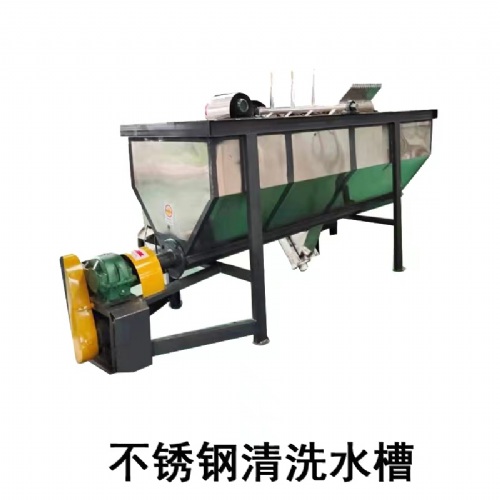
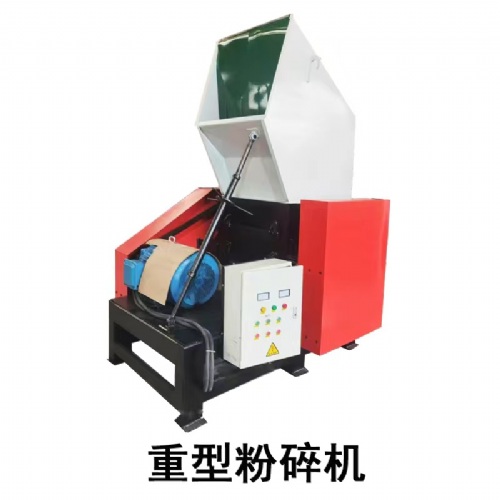
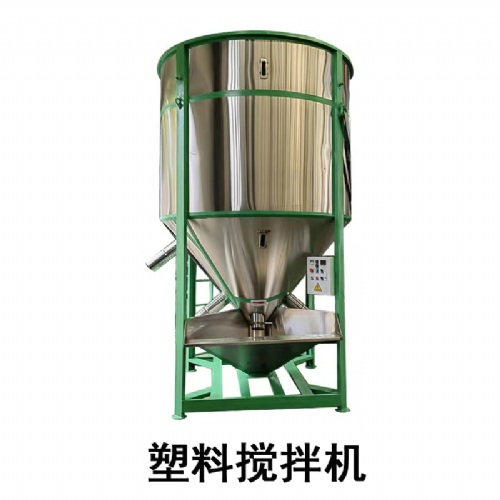
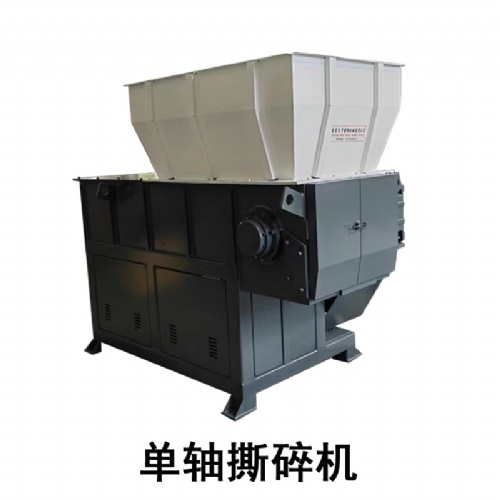
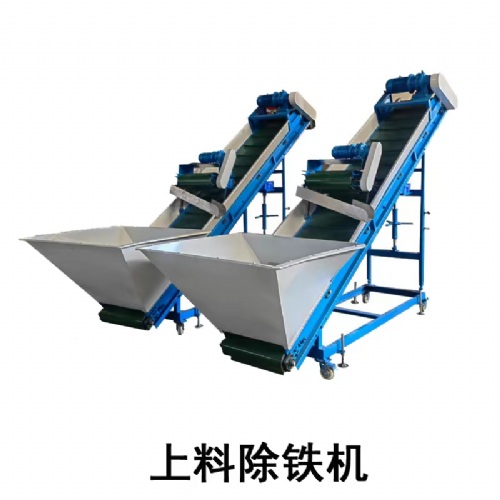
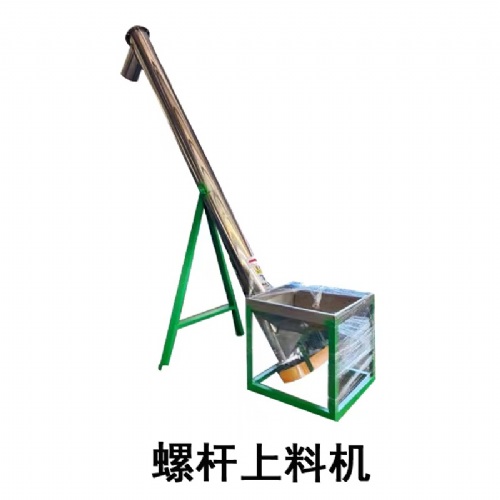
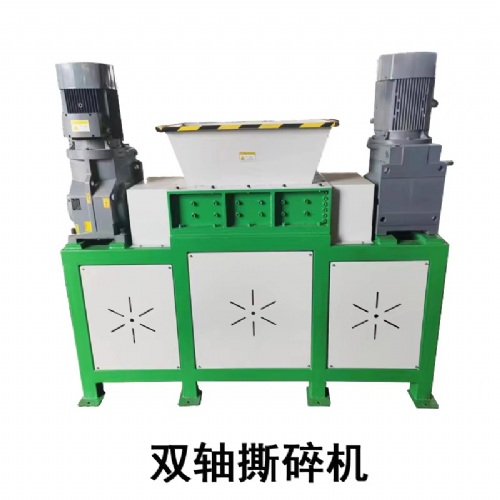
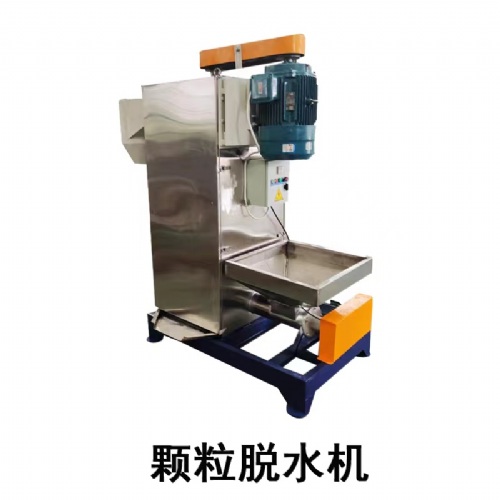
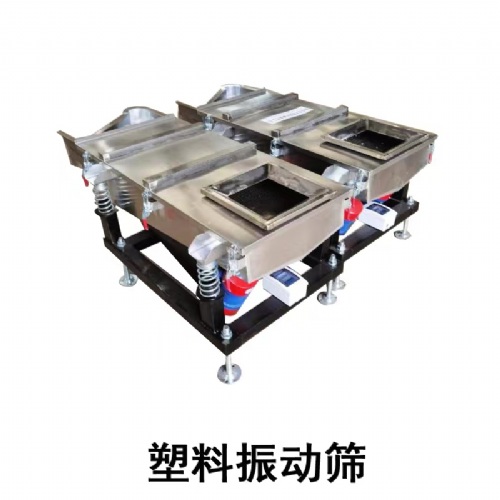
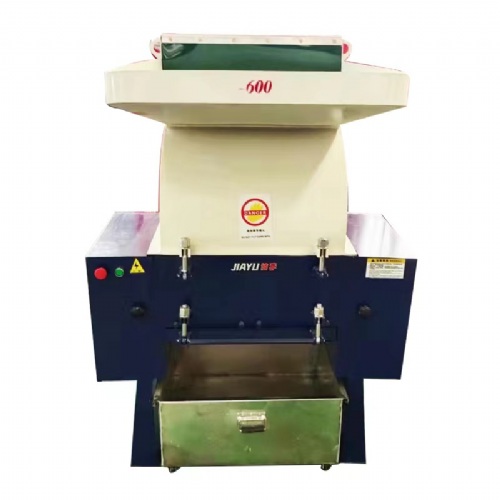
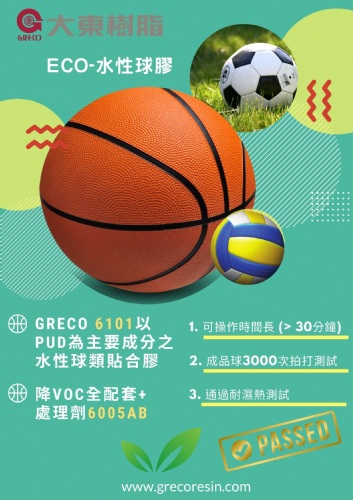
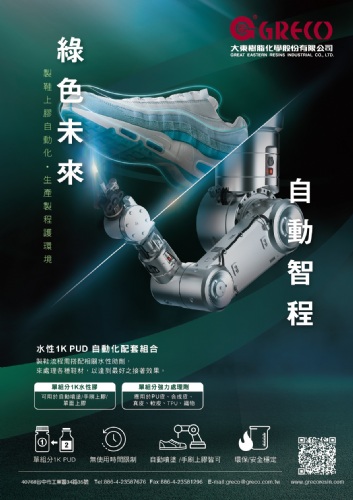
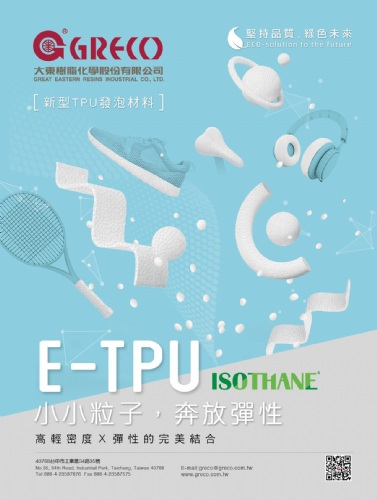
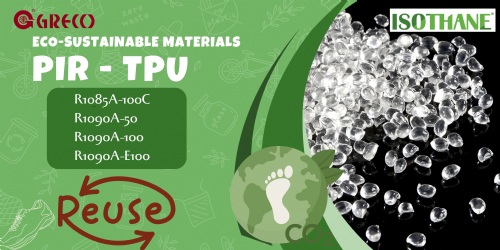
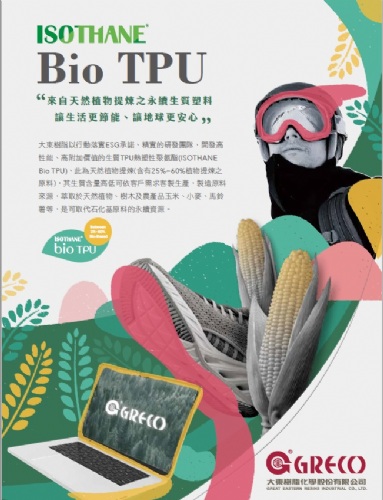
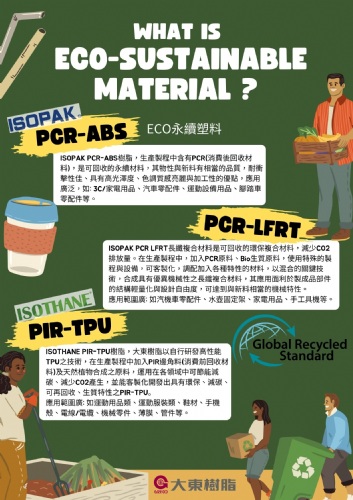
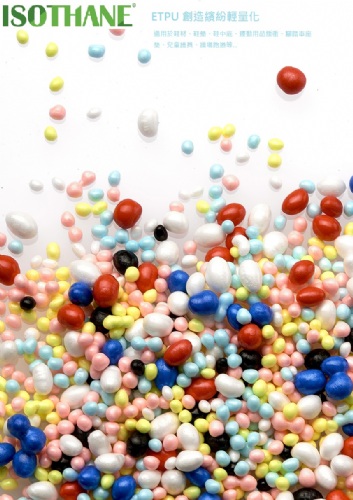
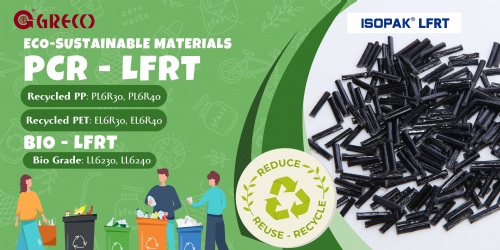
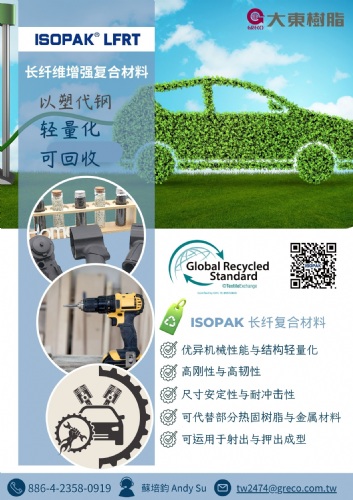
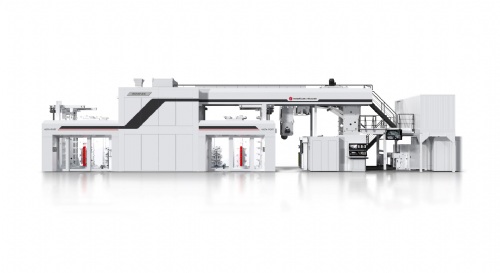
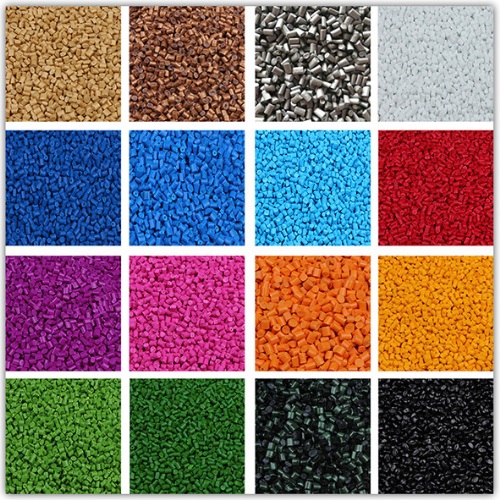
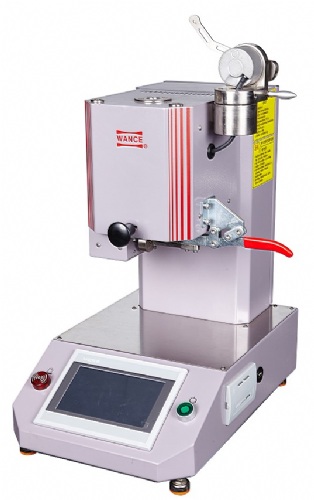
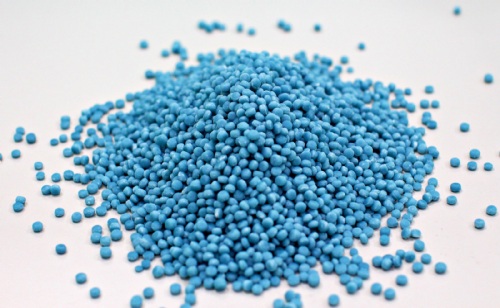
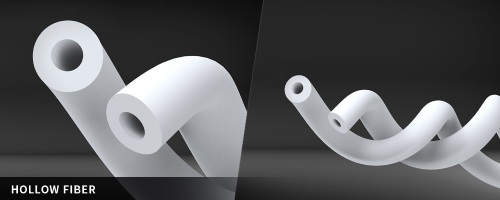
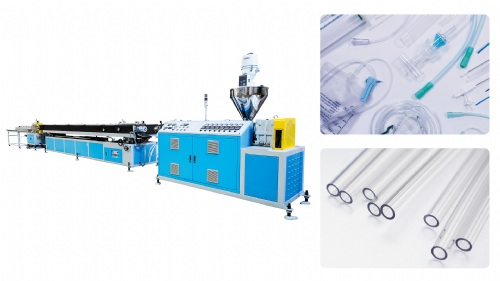
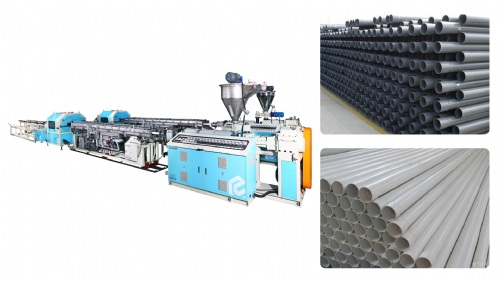
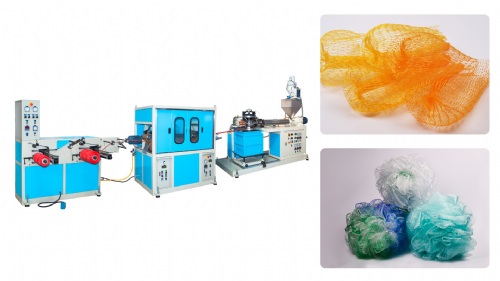
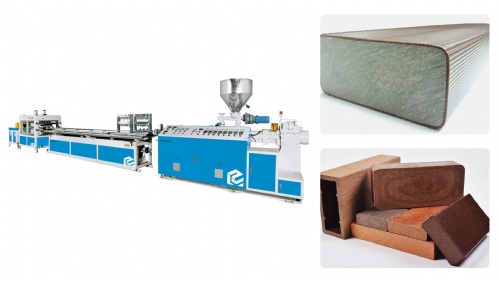
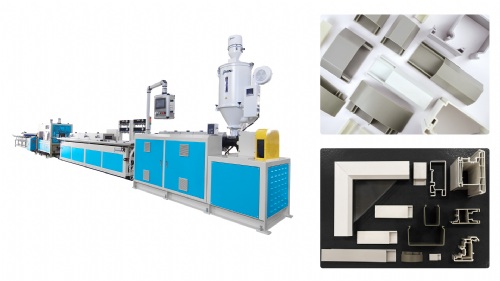
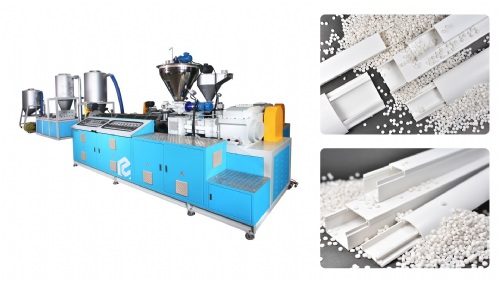
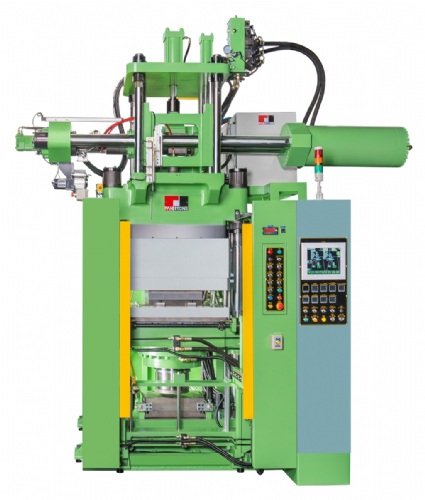
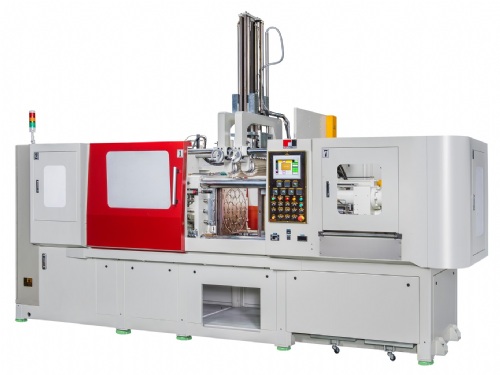
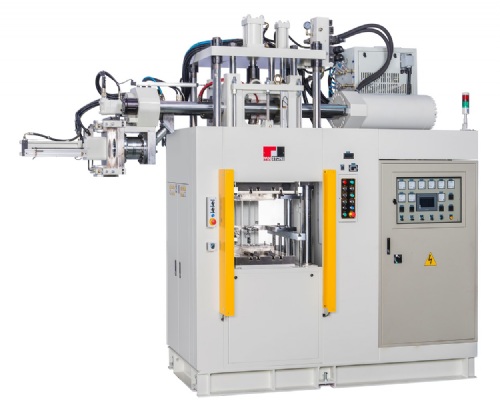
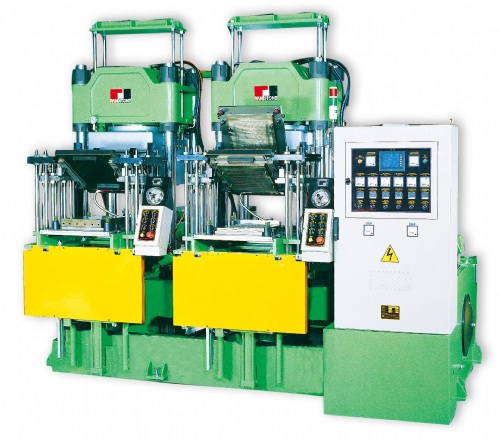
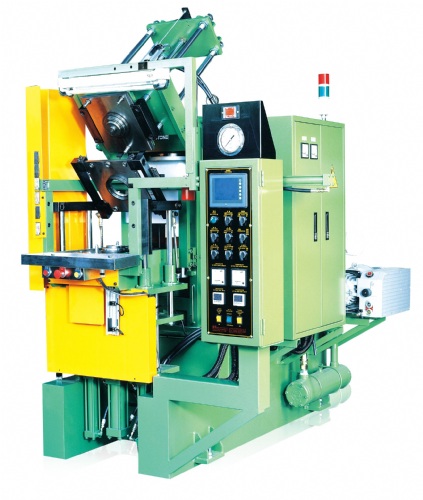
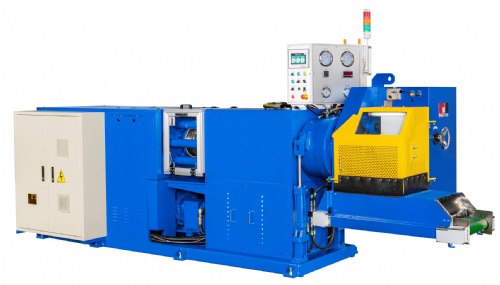
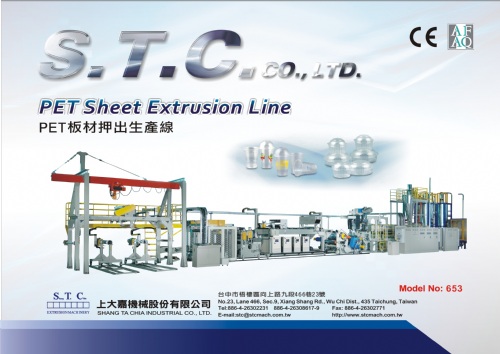
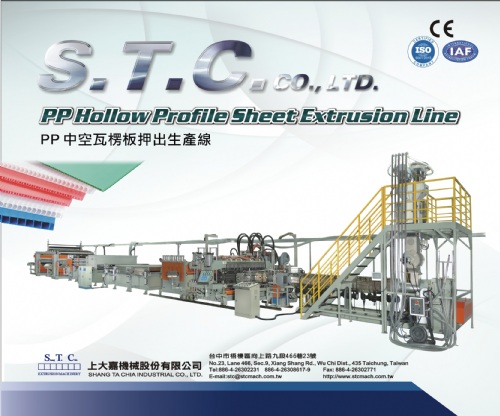
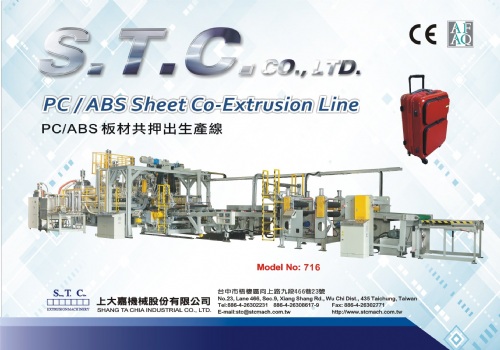
 Product Inquiry
Product Inquiry